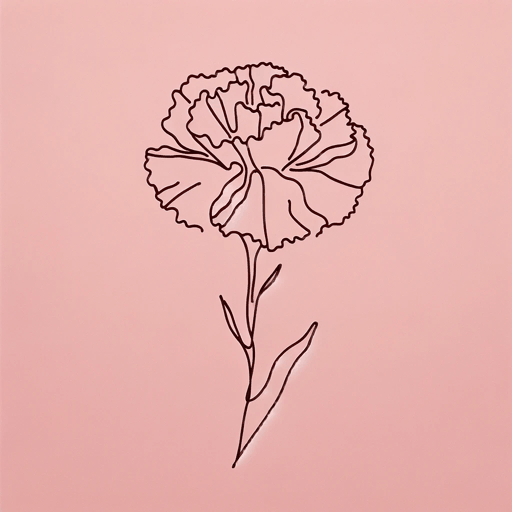29 pages • 58 minutes read
Willa CatherPaul's Case
Fiction | Short Story | Adult | Published in 1905A modern alternative to SparkNotes and CliffsNotes, SuperSummary offers high-quality Study Guides with detailed chapter summaries and analysis of major themes, characters, and more.
Symbols & Motifs
Flowers
Flowers, particularly red carnations, are the preeminent symbol throughout Cather’s story. The many references to flowers (forget-me-nots, violets, jonquils, carnations, roses, and lilies of the valley are all mentioned throughout) serve a dual function. First, they symbolize Paul’s desire for beauty and aesthetic pleasure. Their beauty, their fragrances, their association with bourgeois life—all of these are desirable to Paul.
Second, flowers symbolize the trajectory of Paul’s life. A flower grows and eventually achieves its vibrancy and colorful bloom before wilting and dying. This arc applies to Paul’s life. He is born in the dirt (Pittsburgh) before blooming in New York City, where he lives colorfully and lavishly. Finally, he wilts, and his colors fade at the end. Cather makes this explicit by referencing the red carnation at both the beginning and end of the story. At the beginning, when Paul faces the disciplinary panel, “[h]is teachers felt this afternoon that his whole attitude was symbolized by his shrug and his flippantly red carnation flower [...]” (469). The red flower, in full bloom, sets him apart from everyone in Pittsburgh, and it makes him stand out to those around him. Then, at the end, the carnation appears again, this time in an elegiac 







Related Titles
By Willa Cather

A Lost Lady
Willa Cather

A Wagner Matinee
Willa Cather

Coming, Aphrodite!
Willa Cather

Death Comes for the Archbishop
Willa Cather

Lucy Gayheart
Willa Cather
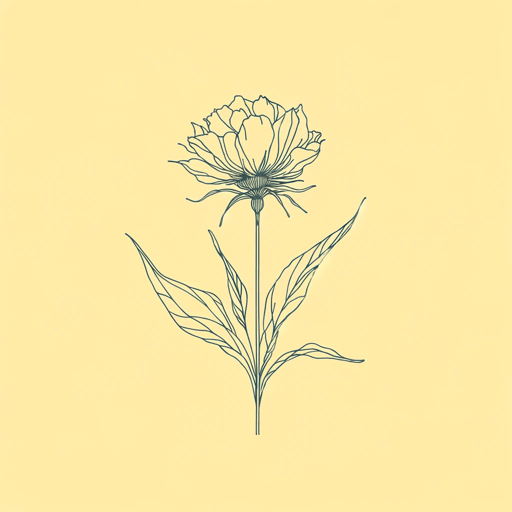
My Antonia
Willa Cather
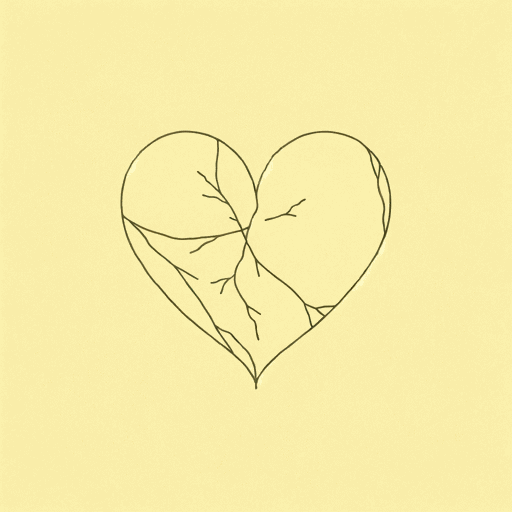
Neighbour Rosicky
Willa Cather

One Of Ours
Willa Cather
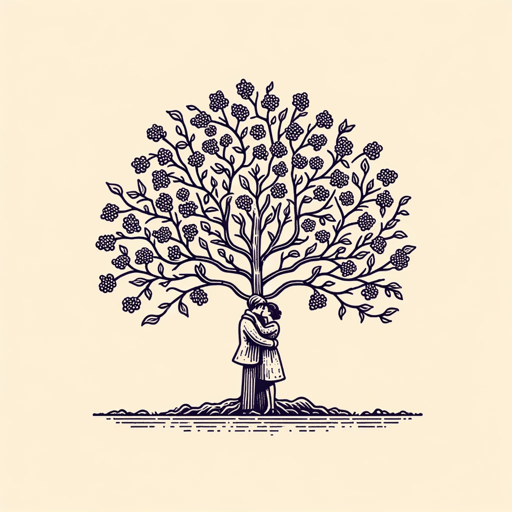
O Pioneers!
Willa Cather

Shadows on the Rock
Willa Cather

The Professor's House
Willa Cather

The Sculptor's Funeral
Willa Cather
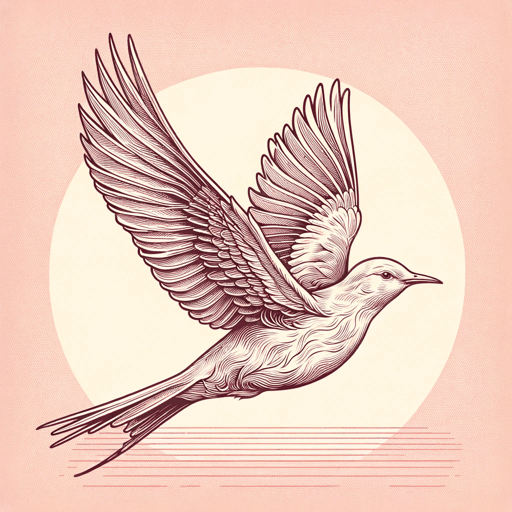
The Song of the Lark
Willa Cather
